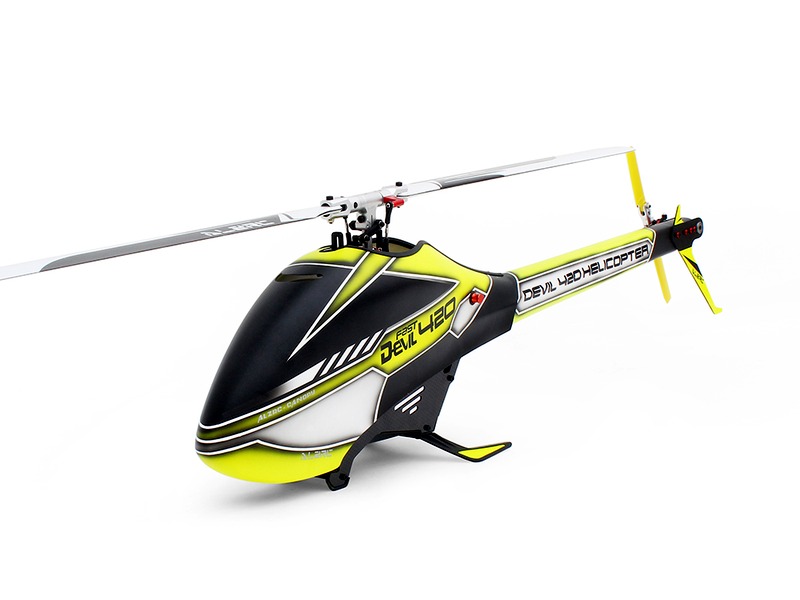What is most challenging part of flying helicopter?

The most challenging part of flying a helicopter is mastering the skills necessary to safely and effectively control the aircraft. Helicopters are complex machines that require a great deal of skill and knowledge to operate safely and efficiently. Unlike airplanes, helicopters have the ability to hover, move in any direction, and land in tight spaces. This requires a pilot to have a very good understanding of the aircraft’s capabilities and limitations, as well as the ability to make quick decisions in order to avoid potential hazards.
The most difficult part of flying a helicopter is mastering the skills necessary to control the aircraft. Helicopters are highly sensitive to the pilot’s inputs, and even the slightest movement of the controls can result in a drastic change in the aircraft’s attitude and direction. This requires a pilot to have a very good understanding of the aircraft’s dynamics and how to use the controls to achieve the desired results. Additionally, helicopters are more difficult to control in windy conditions, and the pilot must be able to adjust the aircraft’s attitude and direction in order to maintain a stable flight path.
Another challenging aspect of flying a helicopter is mastering the skills necessary to safely and effectively land the aircraft. Helicopters have the ability to land in tight spaces, but this requires a great deal of skill and knowledge. The pilot must be able to accurately judge the distance and altitude of the landing site, as well as the wind speed and direction. Additionally, the pilot must be able to adjust the aircraft’s attitude and direction in order to make a safe and controlled landing.
Finally, the most challenging part of flying a helicopter is mastering the skills necessary to safely and effectively navigate the aircraft. Helicopters are highly maneuverable and can fly in any direction, but this requires a great deal of skill and knowledge. The pilot must be able to accurately judge the aircraft’s position and altitude, as well as the wind speed and direction. Additionally, the pilot must be able to adjust the aircraft’s attitude and direction in order to maintain a safe and efficient flight path.
In conclusion, the most challenging part of flying a helicopter is mastering the skills necessary to safely and effectively control the aircraft. Helicopters are highly sensitive to the pilot’s inputs, and even the slightest movement of the controls can result in a drastic change in the aircraft’s attitude and direction. Additionally, the pilot must be able to accurately judge the distance and altitude of the landing site, as well as the wind speed and direction. Finally, the pilot must be able to accurately judge the aircraft’s position and altitude, as well as the wind speed and direction in order to maintain a safe and efficient flight path.
Comments / Question
2. Mechanical Failure: Any mechanical failure can render a helicopter unable to fly, such as engine failure, rotor system failure, or control system failure.
3. Pilot Error: Poor piloting decisions or inattention can lead to a loss of control and an inability to safely fly the helicopter.
4. Weight and Balance: A helicopter must be properly loaded to ensure that its weight and balance are within the specified parameters in order to take off and fly safely.
5. Airspace Restrictions: Certain areas may be restricted or prohibited airspace, or require special permission or clearance to fly in.
2. Aircraft systems knowledge
3. Weather knowledge and interpretation
4. Radio communication and navigation
5. Aircraft performance and limitations
6. Flight planning and decision making
7. Helicopter maneuvers and operations
8. Instrument flying
9. Emergency procedures
10. Human factors and risk management

